621 years ago, Zhu Di, one of the most impactful emperors ever to take the Mandate of Heaven assumed power in Beijing. Known as “Yongle” the 3rd Emperor of the Ming Dynasty, he took the throne via a rebellion against his despotic nephew. Under his mostly-despotic leadership, the capital was moved from Nanjing to Beijing, where he ordered the construction of the Forbidden City. He also commissioned the Porcelain Tower of Nanjing, one of the 7 Wonders of the World before it was destroyed in 1856. He re-opened the Grand Canal, one of the largest pre-industrial projects of its kind in history. READ more about the “perpetual happiness emperor”… (1402)
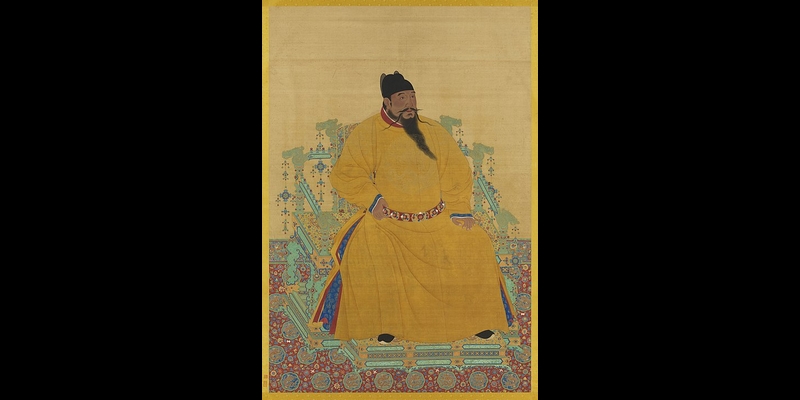
When writing about world leaders, it’s important to keep perspective in mind. Zhu Di came of age following the death throes of the Mongol-established Yuan Dynasty, and only a few generations after their conquests killed millions of Chinese. The power struggles in the aftermath were brutal or at times quite devious, but these were the manners and customs of the time. Those among royal ruling classes and courts have always displayed the most brutal conduct toward one another during such struggles, and Yongle was no exception; at one point executing the tutor of his nephew, and all members of the ten preceding and proceeding generations of his family.
Further still, Yongle would launch a war of imperial aggression against the Dai Viet to the south, an inexcusable crime against humanity in our time. Therefore Yongle deserves no reputation as a humanitarian. Instead, those looking at history should see how his 22-year reign allowed the average person—the stonemason, the farmer in the field, to bring the Chinese race out of the clutches of the dreaded Mongols and into a golden age.
Yongle began his reign by immediately forging a strong peace and alliance—bound in Buddhist devotion—with the Tibetan Kingdom. He reorganized long-standing provincial borders to help quell ethnically-motived conflict between various Chinese tribes rather than by using his armies, and expounded the importance of Buddhism and Buddhist festivals to encourage peace within the empire. Typical of the great Chinese emperors, he left an impact on the civil service class, namely by bringing in scholars to serve in his cabinet based on merit.
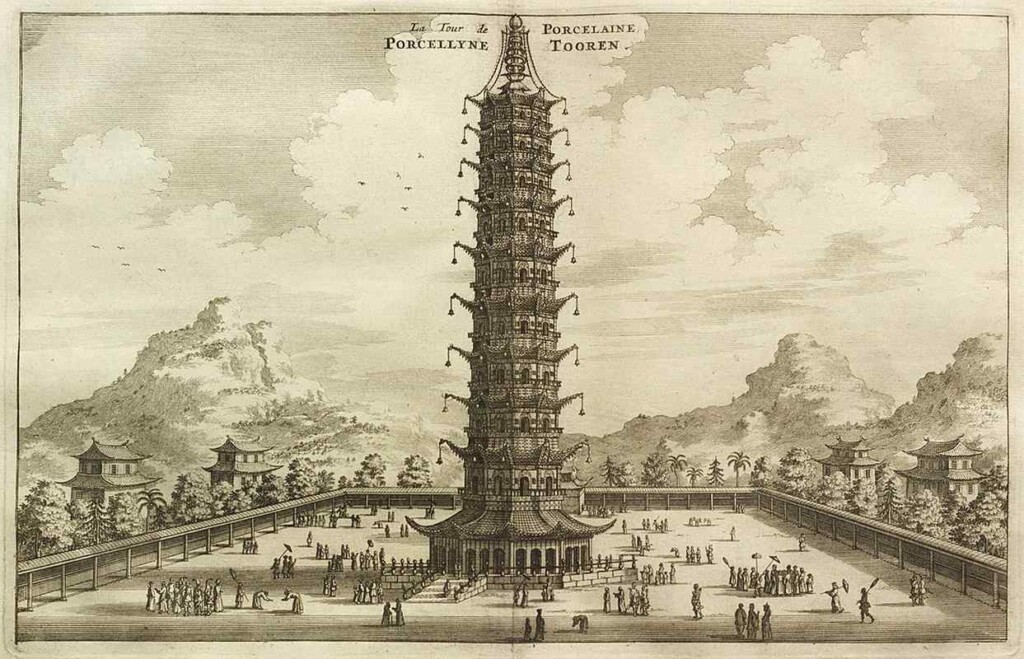
Then, turning his attention to the economy, he faced an agricultural landscape that had been decimated by successive conflicts and depopulated. He helped solve these problems by working with local magistrates in the Yellow River floodplain and Yangtze Delta to restore the Grand Canal and allow grain shipments to reach parts of the north much faster.
As mentioned above, he built the Forbidden City, the Porcelain Tower, and he also took charge of planning the Imperial mausoleum. He selected a sheltered valley at the foot of a mountain called Tianshoushan. Building himself a beautiful tomb complex reminiscent of the Forbidden City, according to precise principles of Feng Shui, 12 of the following 15 Ming emperors emulated his tomb building, creating in turn the most impressive and characteristic collection of memorials built anywhere outside Egypt.
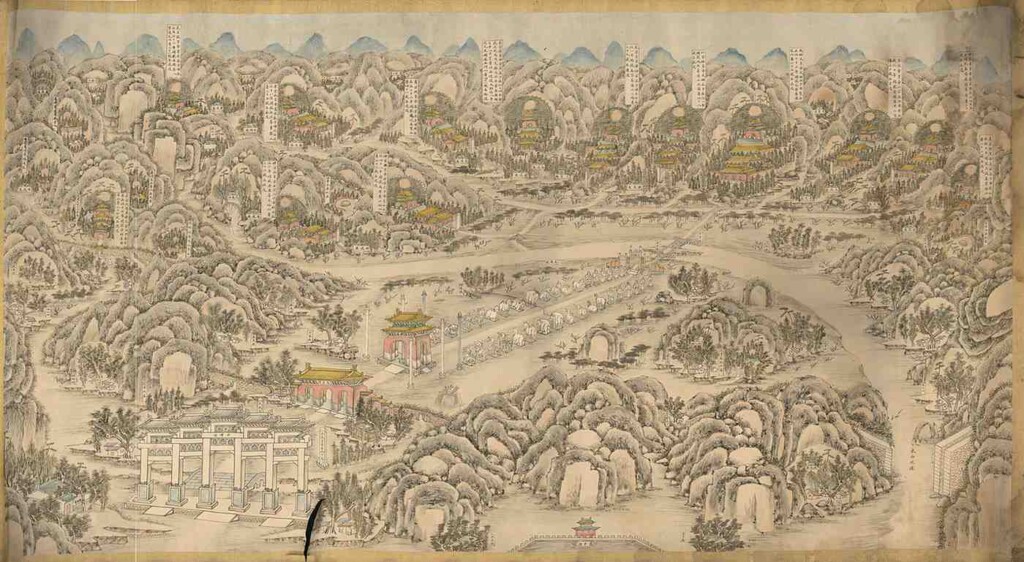
During the Ming Dynasty, a red gate and wall spanned the narrow entrance to the valley where guards prevented even the emperor himself from being allowed in. This has led to most of these tombs being undisturbed by graverobbers to present day.
MORE Good News on this Day:
- US President Lincoln signed the first federal law allowing persons of African descent to serve in the U.S. military (1862)
- The first electrical air conditioner was switched on by Willis Carrier, the engineer who invented, designed, and built the machine in Buffalo, New York (1912)
- US Air Force pilot Gail Halvorsen first met the suffering, yet appreciative, children of Berlin during the humanitarian airlift and went on to pioneer for them the idea of dropping candy with miniature parachutes, resulting in 23 tons of candy being delivered throughout the blockade (1948)
- Britain announced that Queen Elizabeth II had signed into law the bill passed by Parliament legalizing same-sex marriages in England and Wales (2013)
306 years ago today, Water Music by George Frideric Handel premiered literally on the water; the River Thames to be precise. A collection of orchestral movements, often published as three suites, Water Music was composed in response to a request from the British monarch King George I who wanted a piece of music to be played on a riverboat. According to the conductor Sir Thomas Beecham, the piece is perfectly suited for an outdoor performance because of the large orchestra, but also by a rather strong influence of monotony. (1717)
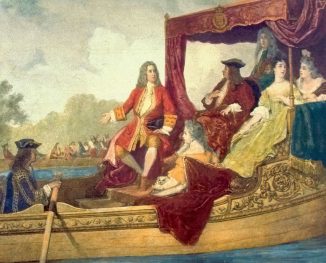
King George I and several aristocrats boarded a royal barge at Whitehall Palace, for an excursion up the Thames toward Chelsea. The rising tide propelled the barge upstream without rowing. Another barge, provided by the City of London, contained about 50 musicians who performed Handel’s music.
Many other Londoners also took to the river to hear the concert. According to The Courant, “the whole River in a manner was covered” with boats and barges. On arriving at Chelsea, the king left his barge, then returned to it at about 11 p.m. for the return trip. The king was so pleased with Water Music that he ordered it to be repeated at least three times, both on the trip upstream to Chelsea and on the return, until he landed again at Whitehall. LISTEN to the piece… (1717)
67 years ago today, the MGM musical comedy High Society was released. Starring Bing Crosby and a young Frank Sinatra, it was the first time the pair ever collaborated. It was a musical remake of Philadelphia Story, and was the last role for leading lady Grace Kelly before she left Hollywood to become Princess of Monaco, having married Prince Rainier.
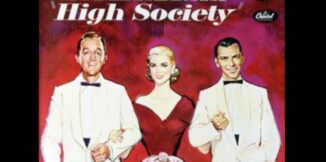
With music and lyrics by Cole Porter (and songs like What a Swell Party This is), the film also featured Louis Armstrong as a jazz musician getting ready for the Newport Jazz Festival, which Crosby’s character is organizing. It was nominated for two Oscars for Best Scoring of a Musical and Best Original Song, for True Love. WATCH the trailer… (1956)
And, on this day in 1975, two spacecrafts—an American Apollo and a Soviet Soyuz—docked with each other in orbit.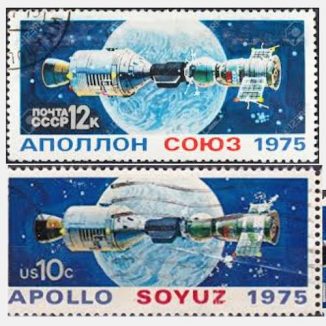
They remained linked in space for 47 hours, marking the first time such a link-up occurred between spacecraft from two nations—and, at the end of the Cold War, a symbol of the policy of détente that the two superpowers began pursuing.
Happy 88th Birthday to Donald Sutherland, the Canadian actor known for his roles in films such as The Dirty Dozen, M*A*S*H, Klute, The Hunger Games, and the Academy Award-winning, Ordinary People.
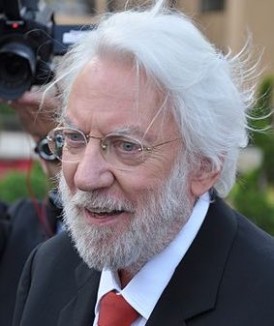
He named his four sons, including actor Kiefer Sutherland, after directors, like Robert Redford, with whom he has worked. (1935)
Also, on this day in 1968, Yellow Submarine, the animated film by the Beatles premiered in London. The full-length epic fantasy features the Fab Four as cartoon characters who agree to travel with Young Fred in his Yellow Submarine to free the people of ‘Pepperland’. Under attack from the music-hating Blue Meanies, ‘Sgt. Pepper’s Lonely Hearts Club Band’ sails to the rescue and restores the landscape of color, flowers, and music.
The actual Beatles performed the songs, but participated only in the closing scene of the film, directed by animation producer George Dunning. Their cartoon counterparts were voiced by actors—yet audiences and critics loved it. WATCH the original psychedelic trailer…
And, on this day in 1899, the American actor Jimmy Cagney was born. Known for his distinctive vocal style and deadpan comic timing, he won acclaim and major awards for playing multifaceted tough guys in films such as The Public Enemy (1931)—but he also danced and sang in musicals like Yankee Doodle Dandy. The American Film Institute ranked him eighth among its list of greatest male stars of the Golden Age of Hollywood and Orson Welles said he was “maybe the greatest actor who ever appeared in front of a camera”.
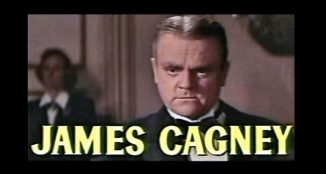
James Cagney’s seventh film, The Public Enemy, became one of the most influential gangster movies of the period and made him one of Hollywood’s leading stars. In 1938 he received his first Academy Award for Best Actor nomination for his subtle portrayal of the tough guy/man-child Rocky Sullivan in Angels with Dirty Faces. In 1942, Cagney won the Oscar for his energetic portrayal of George M. Cohan in Yankee Doodle Dandy—and was nominated a third time in 1955 for Love Me or Leave Me, then Cagney retired in 1961 to spend time on his farm with his family. He came out of retirement 20 years later for a part in the movie Ragtime (1981). Cagney also made numerous morale-boosting troop tours before and during World War II with his buddy Bob Hope. WATCH Jimmy at 56 in tap shoes with Bob Hope performing an impressive dance battle in The Seven Little Foys…
And, 68 years ago today, Disneyland opened its magical doors for the first time to the press and public in Anaheim, California. The first Disney theme park, it was the only one designed and built entirely under the direct supervision of Walt Disney, himself.
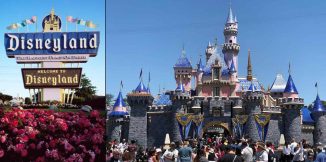
The hugely successful animator came up with the concept of Disneyland after visiting various amusement parks with his daughters in the 1940s. He initially envisioned a tourist attraction next to his Burbank studios for entertaining fans who wished to visit, but the site was too small.
So he bought 160 acres (65 ha) near Anaheim, and two years later the park was unveiled for the press and public during a televised broadcast from Main Street, Adventureland, Frontierland, Fantasyland, and Tomorrowland.
Disneyland has a larger cumulative attendance than any other theme park in the world, as of January 2019, with 726 million visits since it opened. WATCH the original footage… (1955)
SHARE The July 17th Milestones, Memories, and Movies…




















[…] By Good News Network […]